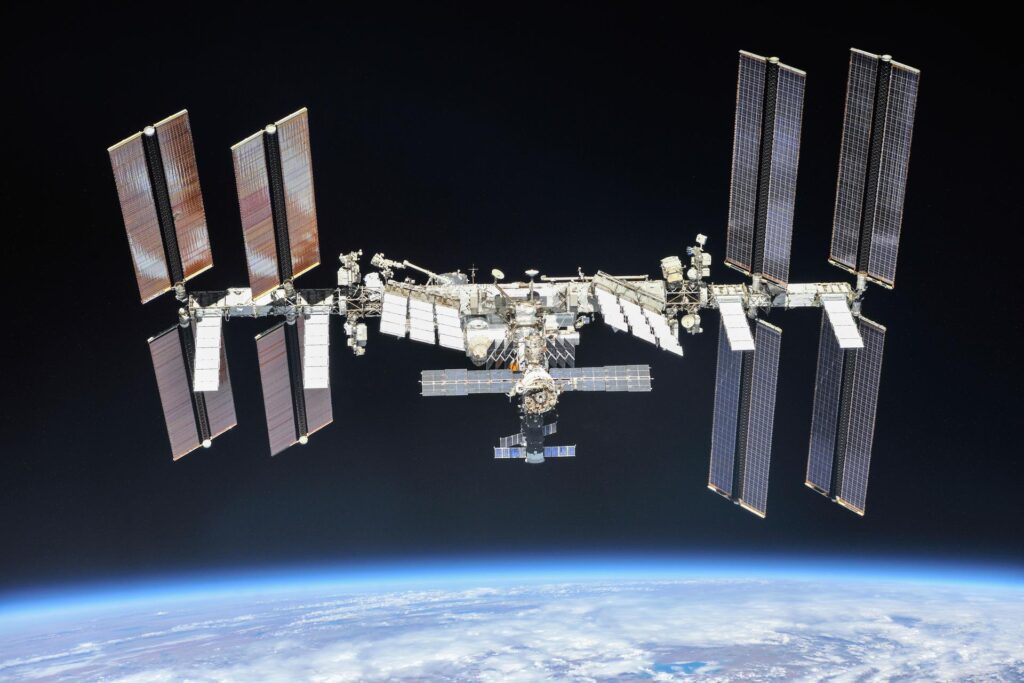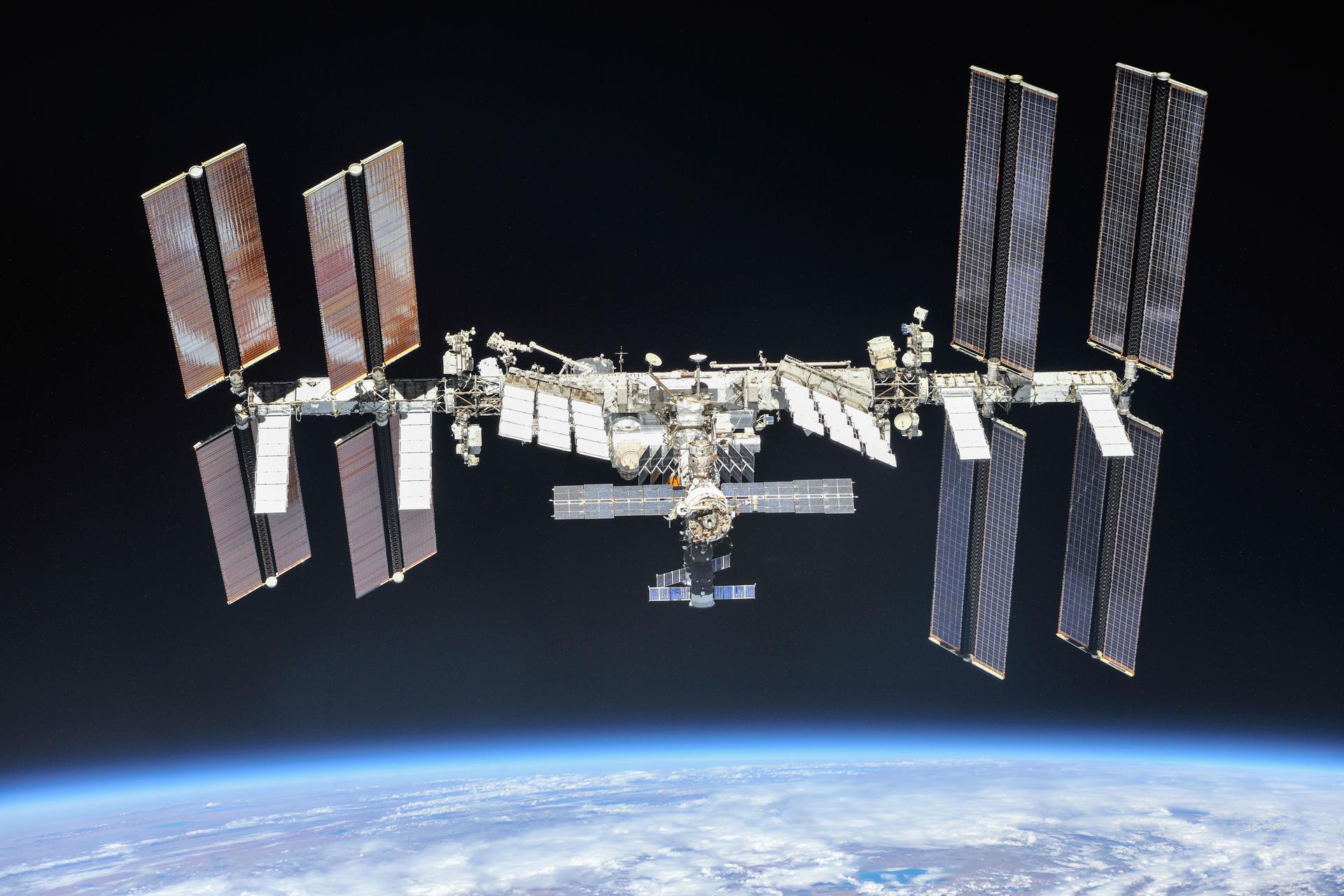Space travel is levelling up, and it’s not just about fancy rockets and shiny gadgets. In an era where sustainability is increasingly vital, space exploration has embarked on its own green revolution. As humanity sets its sights on ambitious missions beyond Earth’s orbit, the importance of sustainability becomes ever more apparent. Recycling in zero gravity emerges as a pivotal solution, not only reducing the environmental impact of space missions but also in ensuring the long-term viability of human activities in the cosmos.
The challenge of sustainability in space is two-fold, involving both environmental and logistical considerations. Traditional space missions rely heavily on massive rocket launches that emit harmful gases and pollutants into Earth’s atmosphere, contributing to climate change and harming the planet. Additionally, these missions demand frequent resupply missions from Earth, resulting in the heavy consumption of resources and soaring costs.
The environmental impact extends into space as well, with accumulating space debris posing risks to operational satellites and spacecraft. Recognising these challenges, there is a growing urgency for space agencies and companies to adopt more sustainable practices; emphasising recycling, eco-friendly propulsion systems, and responsible space debris management to ensure a greener and more viable future for space exploration.
Recycling in zero gravity [is] an essential cornerstone of sustainable space exploration.
The International Space Station (ISS) stands as a pioneer in the pursuit of sustainable practices in space exploration. As a collaborative effort between multiple nations, the ISS has served as a testing ground for recycling initiatives that demonstrate the feasibility of eco-friendly technologies.
One prominent example is the Water Recovery System (WRS), a ground-breaking recycling technology that plays a central role in the sustainability of space exploration. The innovative system employs a series of purification processes, including filtration, chemical treatment, and distillation, to effectively recycle wastewater into potable water. The WRS’s operation ensures that astronauts aboard the International Space Station have access to a continuous supply of clean, safe drinking water while orbiting the Earth.
One of the primary benefits of the WRS is its significant contribution to cost reduction. By recycling and reusing water, the system lowers the demand for water resupply missions from Earth, thus reducing the overall expenses of space missions. The WRS has a substantial positive impact on the environment, as it lessens the need for rocket launches to transport large quantities of water. This, in turn, minimises emissions and the associated carbon footprint.
The WRS has set a benchmark for future space missions, highlighting the importance of recycling in achieving a more eco-conscious and cost-effective approach to space exploration. The WRS being situated on the ISS not only exemplifies the importance of recycling, but also offers valuable lessons for future deep-space missions where resource conservation is paramount.

ISS goes beyond just recycling water; it’s also a pioneer in recycling air, creating a closed-loop environment that’s vital for the sustainability of extended space missions. Air recycling on the ISS involves a system that scrubs carbon dioxide exhaled by astronauts, purifies it, and then releases reclaimed oxygen back into the cabin air. This feedback-control system ensures a continuous supply of breathable air, reducing the need to send large quantities of oxygen from Earth.
The importance of air recycling becomes evident in extended space missions, where the ISS’s closed-loop environment serves as a model for future ventures to the Moon, Mars, and beyond. The ISS’s air recycling system is not only a technological achievement, but a key element in securing the viability of long-duration space missions and human presence in space.
Recycling in space presents a unique set of challenges that demand innovative solutions. In the microgravity environment of space, there is no clear “up” or “down,” which results in the movement of fluids and gases behaving differently from what we experience on Earth. This unusual dynamic complicates the processes of separating, purifying, and redistributing resources. However, through continuous research and development, engineers and scientists are making significant strides in adapting terrestrial recycling methods for space, ensuring that we can effectively manage vital resources and sustain future long-duration space missions.
Recycling in zero gravity isn’t just a concept; it’s an essential cornerstone of sustainable space exploration. It not only minimises the environmental impact of our cosmic endeavours but also enhances resource efficiency. Innovative technologies that promote recycling are paving the way for a more responsible and eco-friendly future in space, ensuring that our exploration of the cosmos is not only adventurous but also aligned with our commitment to protecting the Earth and the celestial bodies we encounter.

